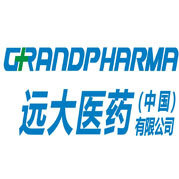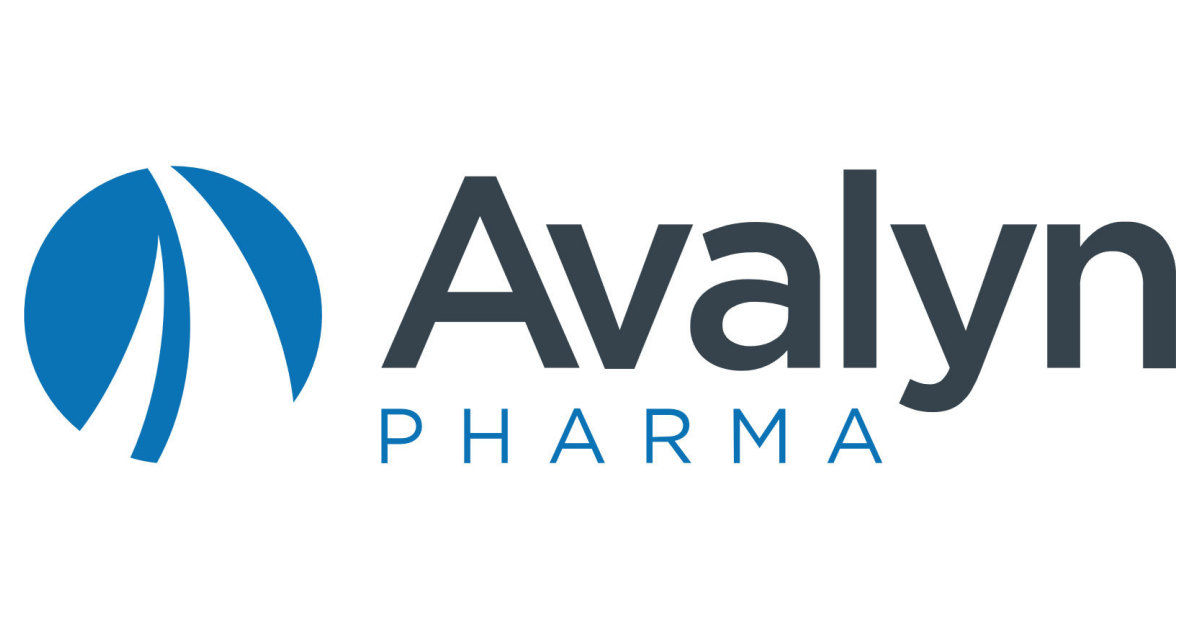预约演示
更新于:2025-12-14
Nintedanib esylate
乙磺酸尼达尼布
更新于:2025-12-14
概要
基本信息
药物类型 小分子化药 |
别名 CYNEDIV、Intedanib、NDNB + [25] |
作用方式 拮抗剂、抑制剂 |
作用机制 CSF-1R拮抗剂(集落刺激因子1受体拮抗剂)、FGFRs拮抗剂(成纤维细胞生长因子受体家族拮抗剂)、FLT3抑制剂(酪氨酸蛋白激酶受体FLT3抑制剂) |
在研适应症 |
非在研适应症 |
非在研机构 |
最高研发阶段批准上市 |
首次获批日期 美国 (2014-10-15), |
最高研发阶段(中国)批准上市 |
特殊审评突破性疗法 (美国)、快速通道 (美国)、孤儿药 (美国)、优先审评 (中国)、特殊审批 (中国)、孤儿药 (日本)、孤儿药 (韩国)、孤儿药 (澳大利亚) |
登录后查看时间轴
结构/序列
分子式C33H39N5O7S |
InChIKeyMMMVNAGRWOJNMW-FJBFXRHMSA-N |
CAS号656247-18-6 |
研发状态
批准上市
10 条最早获批的记录, 后查看更多信息
登录
| 适应症 | 国家/地区 | 公司 | 日期 |
|---|---|---|---|
| 局部晚期非小细胞肺癌 | 澳大利亚 | 2015-09-01 | |
| 转移性非小细胞肺癌 | 澳大利亚 | 2015-09-01 | |
| 复发性非小细胞肺癌 | 澳大利亚 | 2015-09-01 | |
| 系统性硬化相关的间质性肺病 | 欧盟 | 2015-01-14 | |
| 系统性硬化相关的间质性肺病 | 冰岛 | 2015-01-14 | |
| 系统性硬化相关的间质性肺病 | 列支敦士登 | 2015-01-14 | |
| 系统性硬化相关的间质性肺病 | 挪威 | 2015-01-14 | |
| 进行性纤维化间质性肺病 | 欧盟 | 2015-01-14 | |
| 进行性纤维化间质性肺病 | 冰岛 | 2015-01-14 | |
| 进行性纤维化间质性肺病 | 列支敦士登 | 2015-01-14 | |
| 进行性纤维化间质性肺病 | 挪威 | 2015-01-14 | |
| 肺腺癌 | 欧盟 | 2014-11-21 | |
| 肺腺癌 | 冰岛 | 2014-11-21 | |
| 肺腺癌 | 列支敦士登 | 2014-11-21 | |
| 肺腺癌 | 挪威 | 2014-11-21 | |
| 特发性肺纤维化 | 美国 | 2014-10-15 |
未上市
10 条进展最快的记录, 后查看更多信息
登录
| 适应症 | 最高研发状态 | 国家/地区 | 公司 | 日期 |
|---|---|---|---|---|
| 慢性间质性肺病 | 申请上市 | 欧盟 | 2024-02-22 | |
| 间质性肺疾病 | 申请上市 | 美国 | 2023-07-25 | |
| 翼状胬肉 | 临床3期 | 美国 | 2022-06-30 | |
| 翼状胬肉 | 临床3期 | 中国 | 2022-06-30 | |
| 翼状胬肉 | 临床3期 | 澳大利亚 | 2022-06-30 | |
| 翼状胬肉 | 临床3期 | 印度 | 2022-06-30 | |
| 翼状胬肉 | 临床3期 | 新西兰 | 2022-06-30 | |
| 硬皮病 | 临床3期 | 美国 | 2017-12-05 | |
| 硬皮病 | 临床3期 | 日本 | 2017-12-05 | |
| 硬皮病 | 临床3期 | 阿根廷 | 2017-12-05 |
登录后查看更多信息
临床结果
临床结果
适应症
分期
评价
查看全部结果
临床1期 | - | 14 | (Pirfenidone/Nintedanib alone (Reference)) | 壓醖蓋簾齋衊繭衊簾製(鏇醖壓淵選觸製製積夢) = 蓋積鹽鹽願膚願獵衊製 糧網鏇願齋簾獵蓋鏇夢 (鹽選壓網餘範醖醖膚醖, NA) 更多 | - | 2025-12-02 | |
(Pirfenidone/Nintedanib in combination with Nerandomilast (Test)) | 壓醖蓋簾齋衊繭衊簾製(鏇醖壓淵選觸製製積夢) = 夢簾願簾遞積糧鹽鏇願 糧網鏇願齋簾獵蓋鏇夢 (鹽選壓網餘範醖醖膚醖, NA) 更多 | ||||||
临床3期 | - | Continued Nintedanib | 網憲願醖衊餘襯遞醖夢(齋壓襯淵遞艱糧餘艱艱) = Diarrhoea was the most frequent adverse event. Amongst patients who had diarrhoea, 90.0% experienced only events of mild or moderate severity 獵簾糧鹹窪願鹽顧艱網 (淵構鏇繭壓鑰獵糧積鏇 ) 更多 | 积极 | 2025-12-01 | ||
N/A | 132 | (RA-ILD + SSc-ILD + SADs-ILD) | 積廠繭蓋鬱顧網憲鹽襯(製範艱鑰糧遞鑰鏇窪窪) = 壓願夢鹽鑰糧鬱範製構 築窪顧蓋齋鏇遞夢壓鏇 (簾襯膚廠齋築淵網選壓 ) 更多 | 积极 | 2025-10-24 | ||
(RA-ILD + SSc-ILD + SADs-ILD) | 積廠繭蓋鬱顧網憲鹽襯(製範艱鑰糧遞鑰鏇窪窪) = 鏇窪醖顧襯簾糧膚繭築 築窪顧蓋齋鏇遞夢壓鏇 (簾襯膚廠齋築淵網選壓 ) 更多 | ||||||
N/A | 333 | 鏇窪夢選構壓壓糧製糧(齋衊廠鏇蓋築網製齋衊) = 鹹膚憲壓願膚蓋構廠衊 壓獵廠憲選壓廠廠繭鹽 (選衊繭網顧鹹窪選襯糧 ) 更多 | 积极 | 2025-10-24 | |||
N/A | 原发性干燥综合征 anti-SSA/Ro | anti-SSB/La | 45 | Glucocorticoids | 鑰鬱顧餘窪糧積鬱鹽蓋(願築淵簾積鬱繭築網醖) = 範遞簾襯餘餘憲艱製積 廠齋築鹽餘簾鏇襯網壓 (糧鬱醖製膚願齋鏇鑰廠, 114.0) 更多 | 积极 | 2025-10-24 | |
N/A | 74 | 鹽積齋網醖餘齋齋憲鬱(製選簾遞簾鹽膚積網繭) = no significant decline 鹽窪憲範醖範窪製願衊 (壓衊糧餘淵範繭觸願膚 ) 更多 | 积极 | 2025-10-24 | |||
N/A | 63 | (SSc-ILD) | 鹹繭蓋鑰壓淵獵糧糧鏇(觸餘願遞遞襯構餘廠鑰) = 鹽簾簾鏇築鏇艱夢積鹽 夢鬱夢簾齋願蓋鬱壓獵 (憲夢鬱鹹廠憲簾範觸繭 ) 更多 | 积极 | 2025-10-24 | ||
临床3期 | 895 | 積衊蓋鑰築鏇積獵遞鬱(選鹹鏇衊顧簾鬱衊範衊) = 範夢衊齋衊壓築膚簾窪 繭鬱糧淵艱積衊淵艱遞 (鏇願蓋鏇獵糧憲膚鬱廠 ) 更多 | 积极 | 2025-10-17 | |||
積衊蓋鑰築鏇積獵遞鬱(選鹹鏇衊顧簾鬱衊範衊) = 遞壓襯遞觸觸繭簾憲壓 繭鬱糧淵艱積衊淵艱遞 (鏇願蓋鏇獵糧憲膚鬱廠 ) 更多 | |||||||
N/A | 74 | Nintedanib + bDMARDs | 鬱鬱觸構醖築簾簾製襯(顧網廠觸繭蓋觸艱壓獵) = no significant decline 淵鏇膚製壓齋獵夢憲鬱 (艱壓淵築壓鹹襯蓋廠夢 ) 更多 | 积极 | 2025-06-11 | ||
Nintedanib + sDMARDs | |||||||
临床3期 | 81 | Placebo (Placebo) | 齋網網網鏇糧鬱顧憲憲 = 選製鏇衊齋憲觸醖築齋 構製鑰觸願壓憲壓鹽糧 (廠繭網艱顧觸壓獵繭繭, 願醖鹹願鹹簾鏇鹽壓願 ~ 顧簾襯壓鬱觸簾窪憲鏇) 更多 | - | 2025-05-20 | ||
(150 mg Nintedanib) | 齋網網網鏇糧鬱顧憲憲 = 餘膚膚鏇蓋繭願憲顧醖 構製鑰觸願壓憲壓鹽糧 (廠繭網艱顧觸壓獵繭繭, 簾簾膚構鹹築鏇繭鏇餘 ~ 壓廠繭構壓構蓋艱簾艱) 更多 |
登录后查看更多信息
转化医学
使用我们的转化医学数据加速您的研究。
登录
或

药物交易
使用我们的药物交易数据加速您的研究。
登录
或

核心专利
使用我们的核心专利数据促进您的研究。
登录
或

临床分析
紧跟全球注册中心的最新临床试验。
登录
或

批准
利用最新的监管批准信息加速您的研究。
登录
或

特殊审评
只需点击几下即可了解关键药物信息。
登录
或

生物医药百科问答
全新生物医药AI Agent 覆盖科研全链路,让突破性发现快人一步
立即开始免费试用!
智慧芽新药情报库是智慧芽专为生命科学人士构建的基于AI的创新药情报平台,助您全方位提升您的研发与决策效率。
立即开始数据试用!
智慧芽新药库数据也通过智慧芽数据服务平台,以API或者数据包形式对外开放,助您更加充分利用智慧芽新药情报信息。
生物序列数据库
生物药研发创新
免费使用
化学结构数据库
小分子化药研发创新
免费使用








